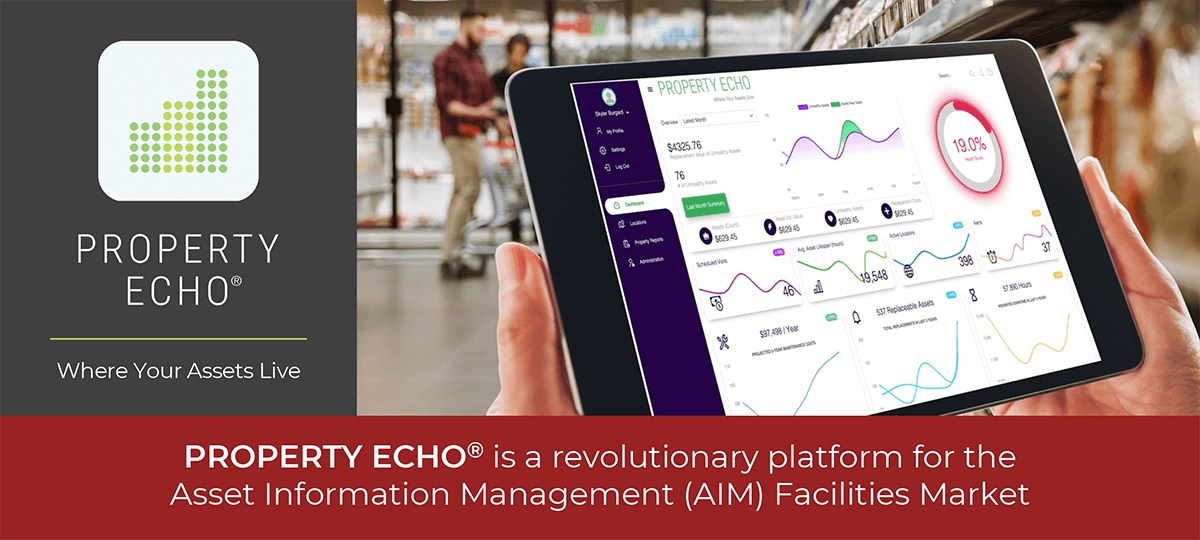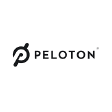Most facility managers are likely all too familiar with the complexity of managing their assets and resources. From tracking how soon a particular piece of equipment needs maintenance to understanding which components best meet current operational needs, asset management can prove complicated for any organization of any size. Whether you’re working with expensive IT systems, complex kitchen or food storage equipment setups, or finicky outdoor HVAC machines, staying on top of protocols and usage can make the difference between an efficient operation and costly downtime in the long run.
To ensure that you get the most out of your enterprise’s investment, it is vital to implement comprehensive asset management best practices. Below we’ll walk through a few simple tips for increasing efficiency while maintaining accuracy when it comes to both implementing processes and tracking information about your assets.
1. The Power of SOPs
Establishing Standard Operating Procedures (SOPs) is a crucial step in ensuring consistent service delivery in facility asset management. SOPs provide a detailed, step-by-step guide for routine operations, ensuring that all tasks are performed consistently and effectively, irrespective of who carries out the task. This not only brings uniformity in execution but also reduces the chance for errors and downtime.
By clearly defining the process involved in the maintenance, inspection, and replacement of each asset, SOPs can help to streamline operations, increase efficiency, and promote the optimum use of resources. They also provide a clear reference point for performance metrics and benchmarking, thereby enabling facility managers to monitor efficiency and identify areas for improvement in real time.
Furthermore, well-structured and clearly defined SOPs can aid in knowledge transfer, ensuring that when a staff member leaves, their replacement can pick up where they left off with very little disruption. This is particularly important in facility asset management, where the effective operation and management of equipment can be both complicated and highly specific.
In short, SOPs in facility asset information management can standardize processes, enhance efficiency, reduce errors, and ensure a uniformly high level of service delivery across the board. Data Fleet’s Property Echo asset information management software gives facility managers a leg up in establishing solid chronological and procedural SOPs via defined checklists, step-by-step instructions, decision trees, and workflow.
2. Benchmarking: The Facility Manager’s “Secret Sauce”
Benchmarking is a powerful tool in asset lifecycle management. Essentially, it involves comparing your operations, performance, and processes against those of other units or locations, or even of similar organizations within your industry. It is a continuous process of measuring services, practices, and systems within your company as well as against the best in the industry as a whole to gain information that will help your organization take action to improve its own performance.
Benchmarking can be internal, looking at past performance, or external, comparing your organization’s performance with industry leaders or direct competitors. This process provides a clear, objective evaluation of your operations, pinpointing key areas in your asset lifecycle information management procedures where your organization falls short and where it excels.
For instance, if benchmarking reveals that other units are achieving greater energy efficiency with the same assets, it may indicate the need for a review of your energy management practices. Or, if downtime for maintenance is significantly higher than industry averages, this could signal a need for improved maintenance protocols.
By identifying these areas where your operations diverge from best practices, benchmarking can help you implement changes to increase efficiency, reduce costs, and ultimately enhance the overall productivity and effectiveness of your asset management protocols. In essence, benchmarking becomes a roadmap for continuous improvement, driving your organization toward excellence.
Implementing a robust benchmarking process in your asset management system can significantly contribute toward optimizing your facility’s performance, making your asset management truly efficient and effective. Besides continuous asset data collection, Property Echo’s lifecycle management also features built-in benchmarking and the use of industry-specific analytic information to uncover insights into where risks are located, how assets are used, and how to optimize costs without incurring additional risk.
3. Strive for Continuous Improvement
Facilities asset management should be viewed as a journey, not a destination. It should involve ongoing efforts to improve efficiency and effectiveness, with a focus on ongoing improvement. This means regularly reviewing and updating your SOPs and benchmarking metrics, and seeking out new ways to streamline operations and reduce costs.
Remember, what worked well today may not necessarily work as effectively tomorrow. Technologies evolve, operational environments change, and new challenges emerge. Hence, asset management protocols need to be adaptable and responsive to these changes.
One effective way to ensure continuous improvement is to foster a culture of learning and innovation within your organization. Encourage team members to share ideas for improving processes, invest in training and development to bolster their skills, and celebrate successes when improvements are made.
It’s also beneficial to stay informed about industry trends and developments in facility asset management. This can be achieved through networking with peers, attending industry events, and subscribing to relevant publications. Continuous improvement should be at the heart of your facility asset management strategy. It involves an ongoing commitment to learning, adapting, and striving for excellence, with the ultimate aim of delivering superior service and value to your organization.
4. Use the Technological Advantage in the Palm of Your Hand
Lastly, consider the role of technology in driving efficiency. From asset tracking software that provides real-time data on equipment usage to predictive maintenance tools that can anticipate equipment failures before they occur, there are a myriad of technologies that can elevate your facility asset management protocols to the next level.
More specifically, Data Fleet’s revolutionary Property Echo software provides a total view of company equipment asset information. It is a powerful platform for optimizing facility asset management operations and allowing facility managers to make the most efficient use of their assets. From tracking and monitoring to predictive maintenance and more, Property Echo provides the most comprehensive suite of tools available for effective facility asset management. By leveraging smart technologies such as Artificial Intelligence (AI), the Internet of Things (IoT), Cloud Computing, and Predictive Analytics, facility managers can rest assured that their assets are optimized for peak performance at all times.
One of the standout features of Property Echo is its Facility AI component. It leverages artificial intelligence technology to capture relevant data, analyze it, and transform it into actionable insights. In this way it improves the accuracy and long-term management of assets, optimizing operations, and aiding in decision-making processes
With Property Echo, you can get a full view of your assets’ performance and usage, so you can easily identify opportunities for improvement. You can also measure the capacity utilization of your assets to ensure they are being used effectively, while monitoring their condition in real time with predictive maintenance features.
Property Echo also provides a comprehensive set of dashboards and property condition reports to give facility managers an immediate understanding of their asset usage and performance. With this information, they can quickly identify areas for improvement and take decisive action to optimize their facility’s operations. Additionally, Property Echo’s asset tracking features enable users to monitor the status of assets and equipment in real time, ensuring that all areas of the facility are running optimally.


















